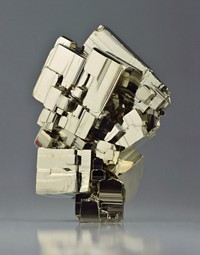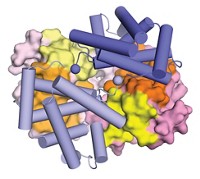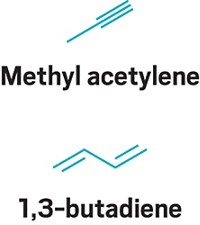Advertisement
Grab your lab coat. Let's get started
Welcome!
Welcome!
Create an account below to get 6 C&EN articles per month, receive newsletters and more - all free.
It seems this is your first time logging in online. Please enter the following information to continue.
As an ACS member you automatically get access to this site. All we need is few more details to create your reading experience.
Not you? Sign in with a different account.
Not you? Sign in with a different account.
ERROR 1
ERROR 1
ERROR 2
ERROR 2
ERROR 2
ERROR 2
ERROR 2
Password and Confirm password must match.
If you have an ACS member number, please enter it here so we can link this account to your membership. (optional)
ERROR 2
ACS values your privacy. By submitting your information, you are gaining access to C&EN and subscribing to our weekly newsletter. We use the information you provide to make your reading experience better, and we will never sell your data to third party members.
Analytical Chemistry
Mass Spec Imaging On Granite Surfaces
Product distribution from prebiotic reaction varies with mineral composition
by Celia Henry Arnaud
January 21, 2013
| A version of this story appeared in
Volume 91, Issue 3
Chemists suspect that mineral surfaces helped catalyze the reactions leading to the first biological molecules. But they haven’t had the right tools to examine what role the heterogeneity of the mineral surface might have played. Imaging mass spectrometry with desorption electrospray ionization (DESI) might be the tool they’ve been waiting for. Facundo M. Fernández of Georgia Tech and coworkers at the virtual Center for Chemical Evolution used DESI imaging to study the thermal decomposition of formamide on granite (Anal. Chem., DOI: 10.1021/ac303202n). This reaction is a model for prebiotic formation of purines, which are building blocks for biological polymers such as RNA. The team imaged reaction products on smooth granite surfaces to study the effects of local mineral environment on the reaction. Granite is a mixture of minerals, including quartz, mica, and feldspar. In DESI images, the abundance of purines correlated with the composition of the underlying granite. Because they used commercially available instruments, Fernández and coworkers expect that other scientists will be able to investigate how this and other reactions on mineral surfaces behave under various conditions.





Join the conversation
Contact the reporter
Submit a Letter to the Editor for publication
Engage with us on Twitter